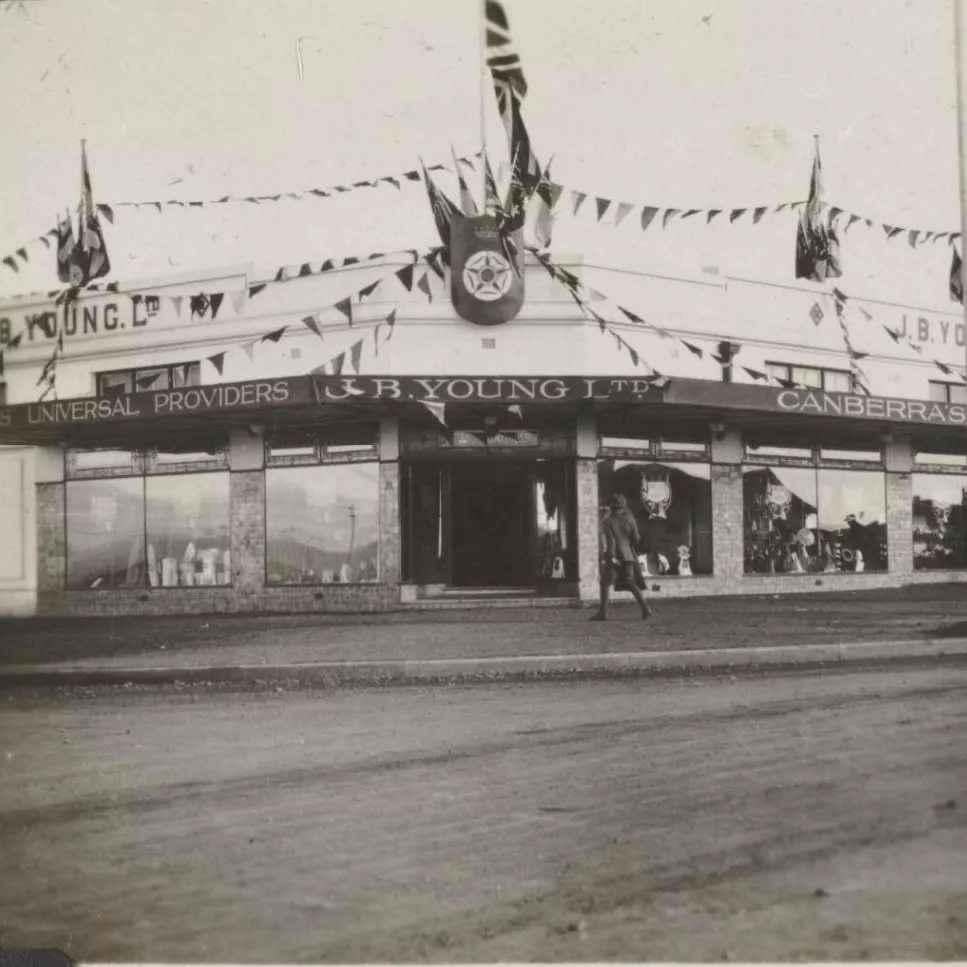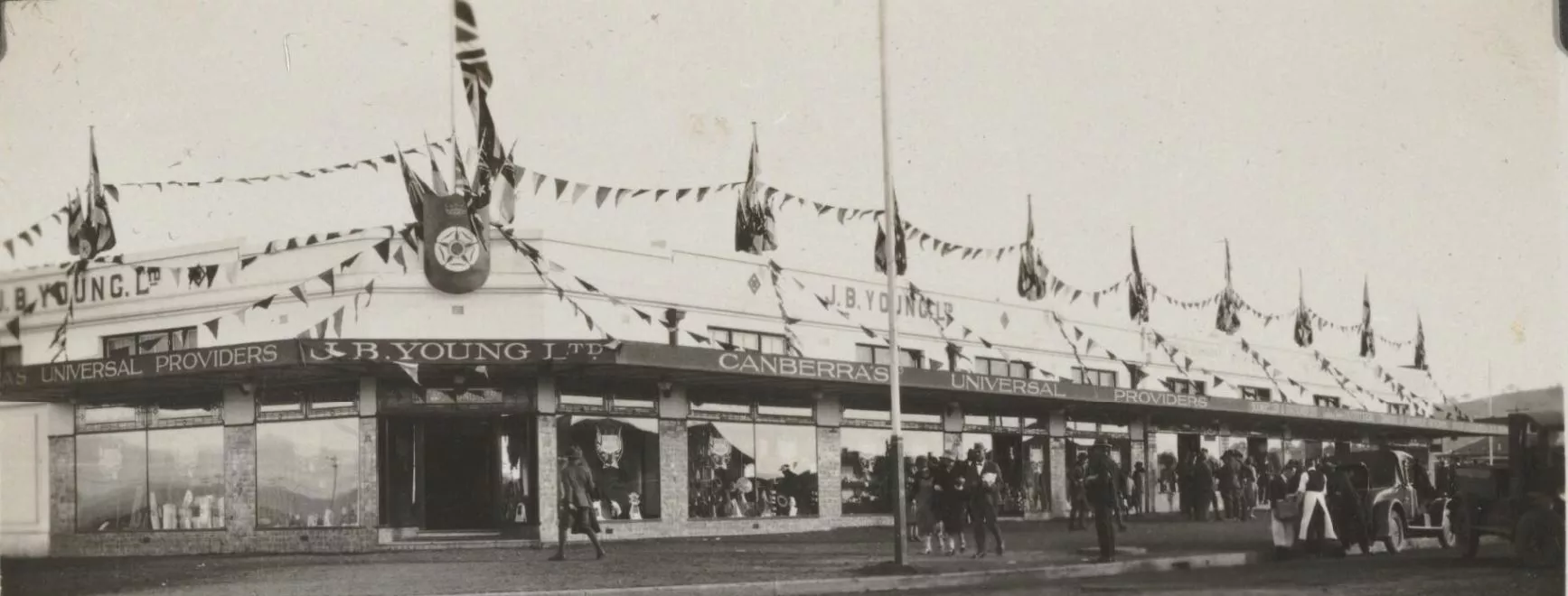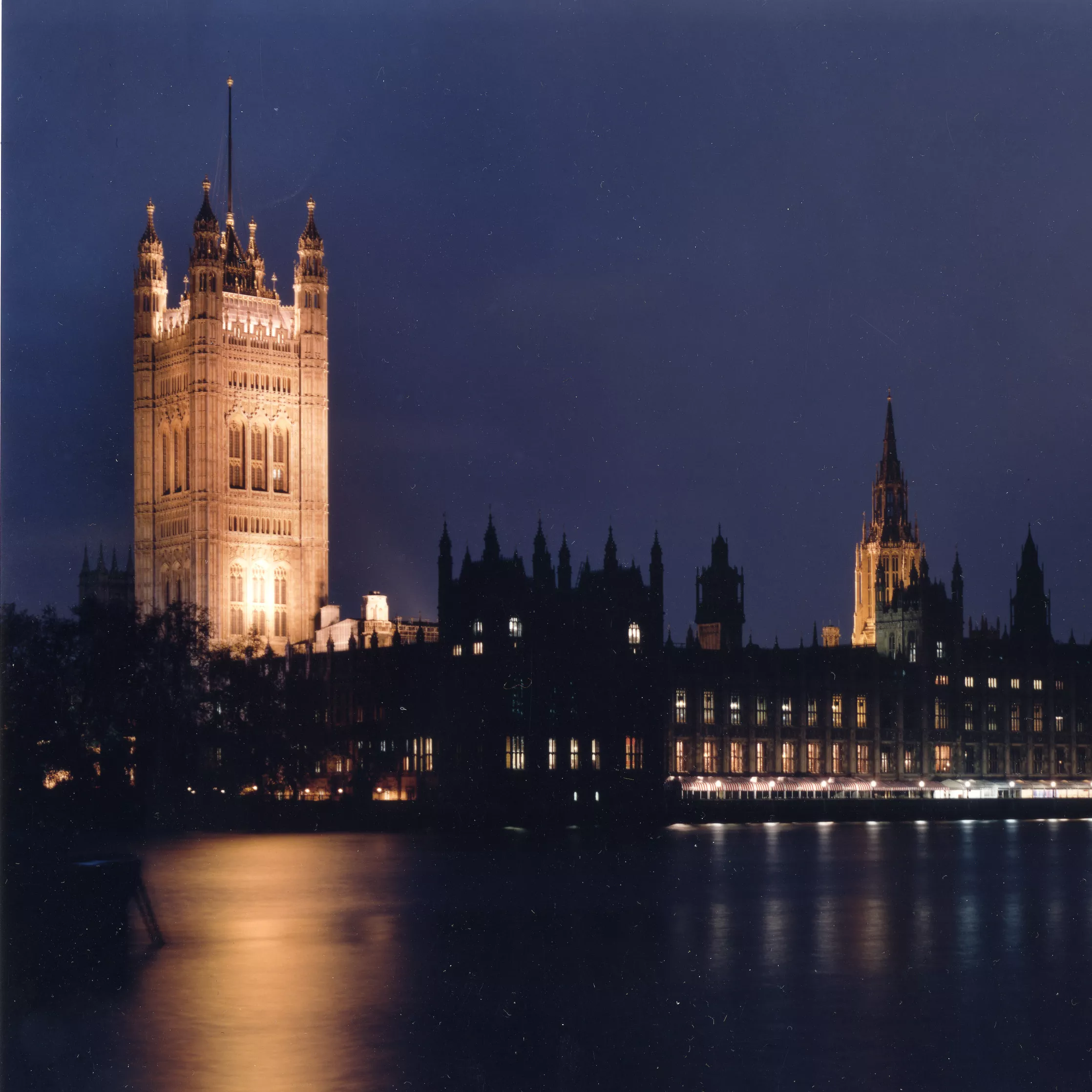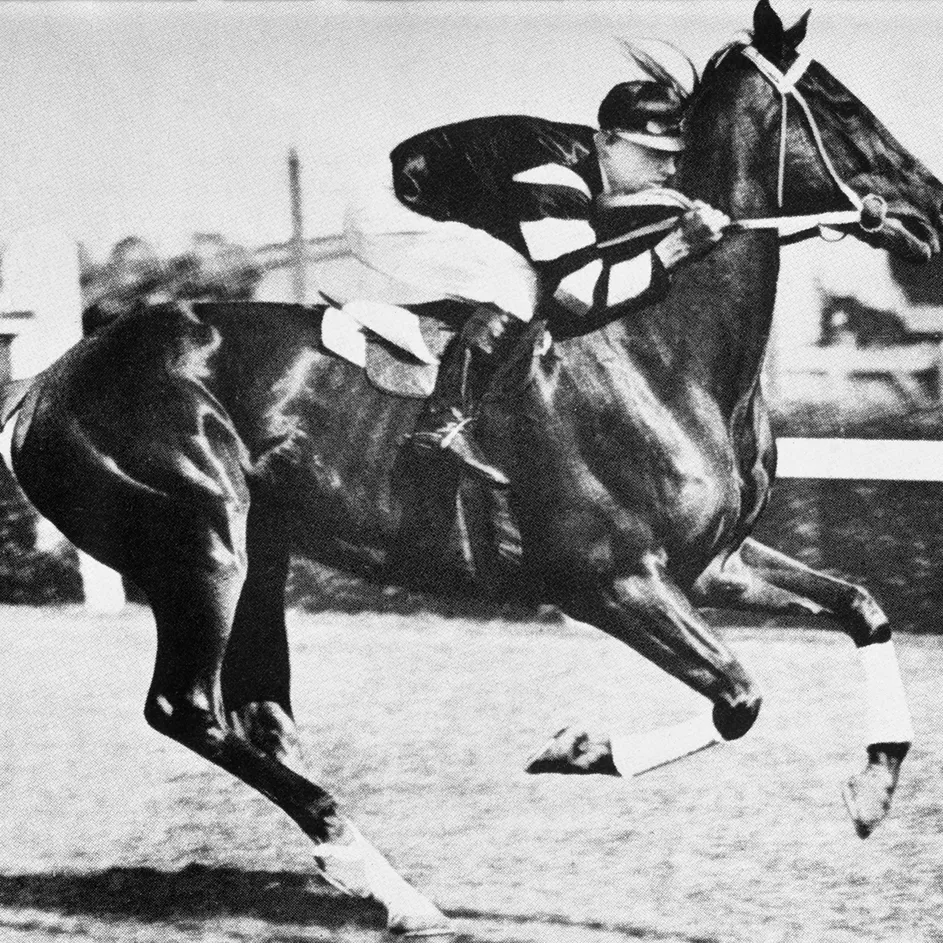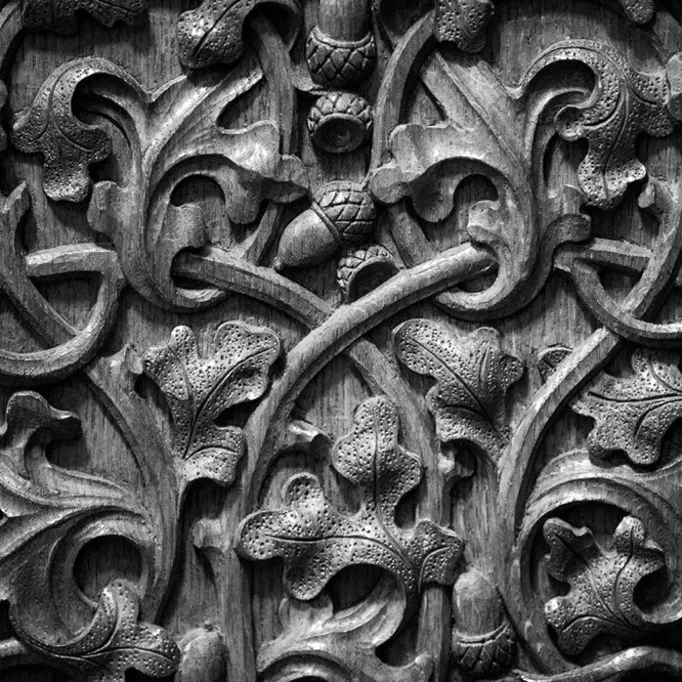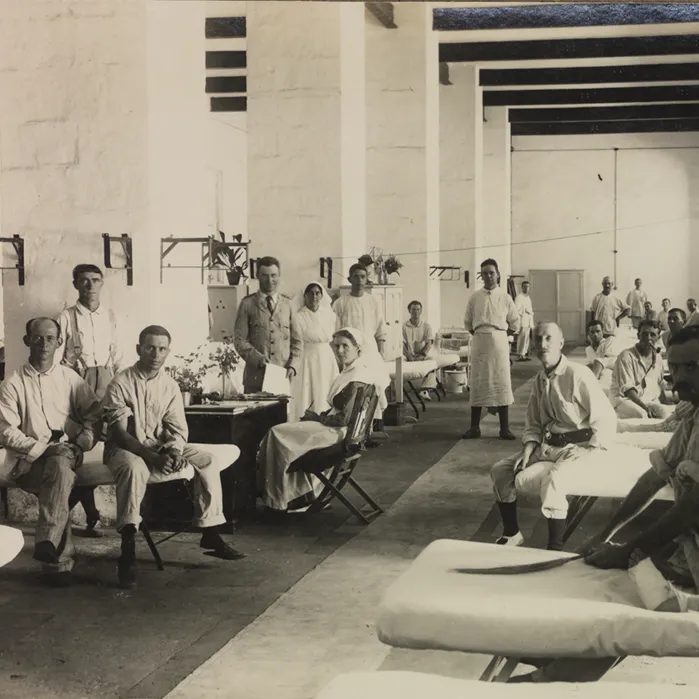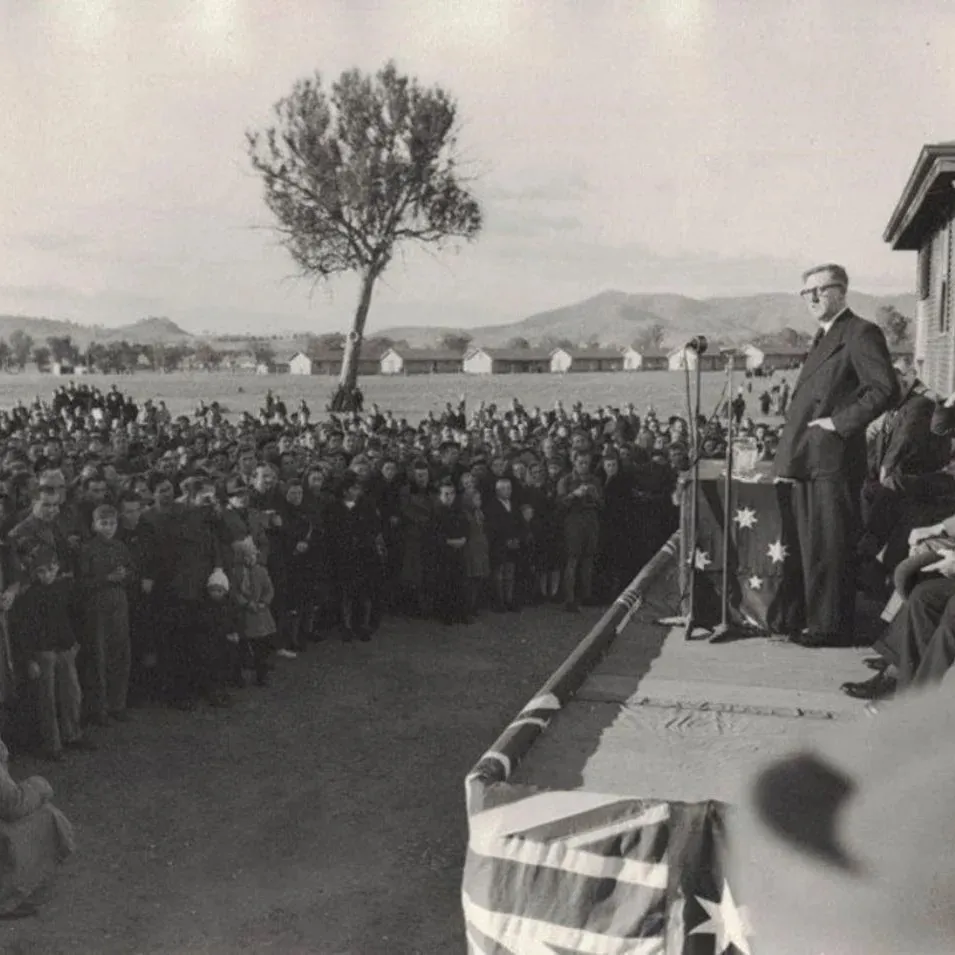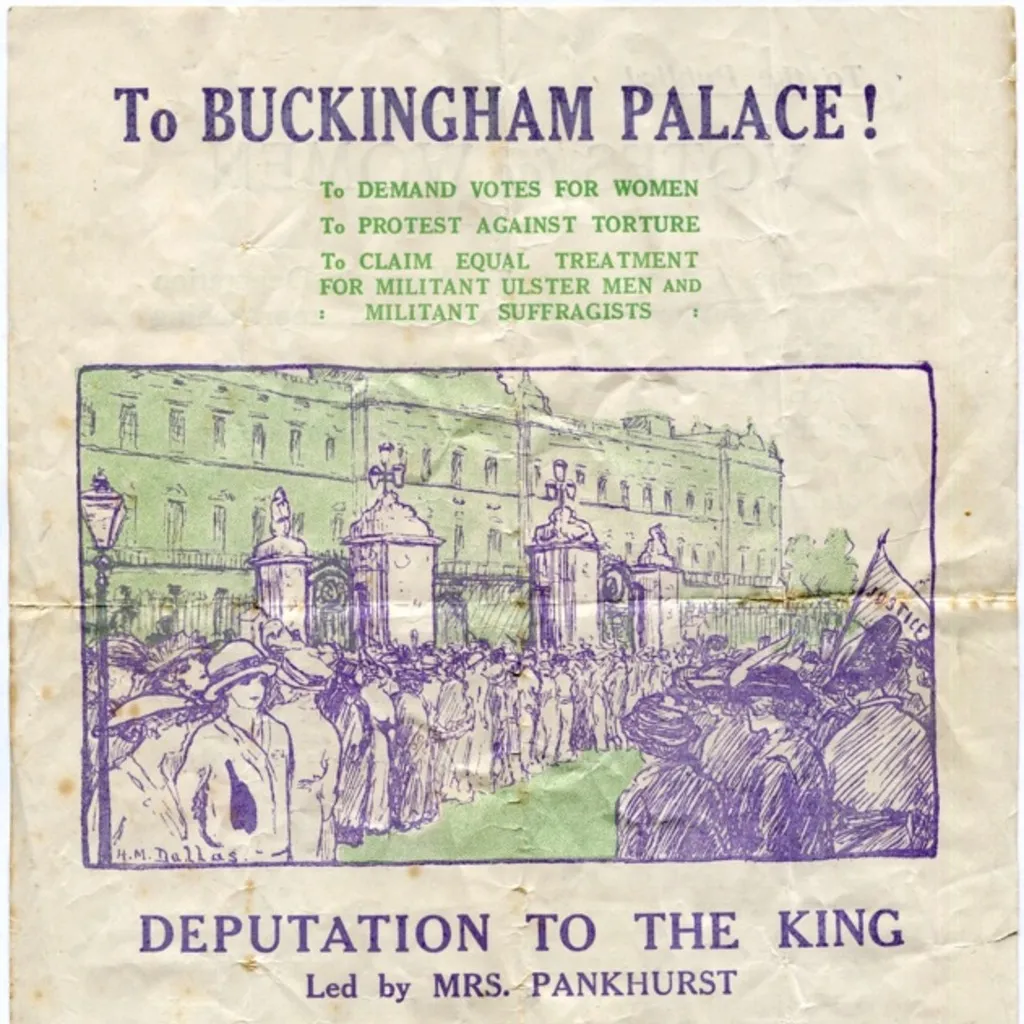Flags, snags and bags: Putting the finishing touches on the opening of Parliament House
- DateTue, 02 May 2017
Isn’t it funny how time warps when you’re working to a deadline? You can plan, you can strategise, you can even calibrate your watches – but no matter how organised you are, there always seems to be a mad rush at the end.
So you can empathise with Henry Rolland, who as Chief Architect of the Federal Capital Commission was tasked with overseeing the construction of the new city of Canberra and its gleaming centrepiece, Parliament House. (The building was actually designed by John Smith Murdoch, Chief Architect of the Department of Works and Railways.) Parliament House had to be opened by the Duke of York at 11:00 am on 9 May 1927. There was no extension to this deadline.
Henry's papers, now in the National Library of Australia, provide some insight into a tight situation.
Styling the city
Parliament House (now Old Parliament House) wasn’t always old. In 1927 it was opened as the brand-new seat of the federal Parliament – in a paddock a long way from anywhere. As if building a city was not enough, Henry was involved in the final preparations prior to the arrival of the Duke and Duchess of York.
Someone had decided that the royal route around Canberra would be dotted with 'strong posts'. These were not defensive stone turrets bristling with archers, as their name suggests, but places where the public could gather to view the procession. The posts were to be lavishly decorated with streamers, bunting and flags.
But it seems Canberra didn't have any flags. The Canberra Times reported that the council of neighbouring Queanbeyan had three flags, but one of them was the national flag of Belgium. The NSW Public Works Department said they didn't have any flags, either. To make matters worse, the nation's capital lacked a civic council to do the actual decorating work.
After much angst in The Canberra Times, the flags and bunting magically materialised. But public working bees could only do so much. '[O]ur Department was responsible for the whole of the decoration of the main streets of Canberra', Henry Rolland recalled. 'We had to put up hundreds of poles and flags, in addition to completing Parliament House.'
It's possible to imagine Henry in his hat and tie up a ladder, perhaps with a length of rope clenched between his teeth, struggling to lash a Union Jack to a post on some dusty track as the minutes ticked away.
Despite the Department's efforts, the resulting display must have looked sparse because the posts were also festooned with foliage. Trees too were planted about the place to green things up a bit. The Sun reported that '... many of them, including great numbers of pines, have simply been cut off and stuck in the ground. Still, they look well for the time being.' Desperate times, desperate measures.
'We did finish Parliament House in time,' said Henry, 'although I had carpenters in the Senate chamber within a few hours of the opening of the chamber.'
Wardrobe malfunction
But the devil's in the detail, and Henry was going through hell trying to sort out another small but vital tweak. Forget the sawdust in the Senate – as the Royals almost literally loomed over the horizon, he had to get to grips with the practicalities of a symbolic ceremony at the heart of the building.
He had to arrange the unveiling of the statue of King George V in King's Hall before the opening of Parliament itself. George V – by the Grace of God King of Great Britain, Ireland and the British Dominions Beyond the Seas, Defender of the Faith, and Emperor of India – was regarded as the personification of the parliamentary and judicial foundations of Australian democracy. He was also the Duke's dad. Henry couldn't muck it up.
'I was anxious to make the unveiling symmetrical', Henry recalled, 'so I used two flags which were connected at the top with a small piece of cotton to which was attached a silken cord'. (He didn't say where or how he managed to scrounge the flags.) When the silken cord was pulled, the cotton broke 'and allowed the two flags to slip down over the statue.'
But there was a snag. 'The flags would catch on the epaulettes of the shoulders of George the Fifth.'
They're not really epaulettes. They’re the huge floppy bows that attach the gold collar of the King’s Order of the Garter regalia to his lush velvet robes. Sculpted in bronze by Sir Bertram Mackennal, the bows on the statue are hard, blunt instruments.
On this most auspicious occasion, having the flag of the Empire draped sloppily or worse, ripped on the big bronze bows of the Rex Imperator would not have been a good look. It might have even sent a wrong (possibly republican!) message to the place many Australians still considered 'the Mother Country'.
How to solve the snagging flags? 'In the end I had to hang a sandbag behind [the statue] to allow the weight to bring the flags down', Henry said. 'The Duke arrived in the early morning for a rehearsal and I was able to explain to him how to manipulate the cord and fortunately it proved quite successful.'
Henry's being a bit modest. The unveiling on 9 May 1927 went off without a hitch in front of the Duke, Duchess, Governor-General, State Governors, Lieutenant-Governors, Prime Minister, Members of Parliament, everyone's wives, Aides-de-Camp, staff, the band that played the national anthem and just about every other VIP in the nation.
And about an hour later, in what became the Senate Opposition Party Room, Henry Rolland was awarded an Order of the British Empire.

